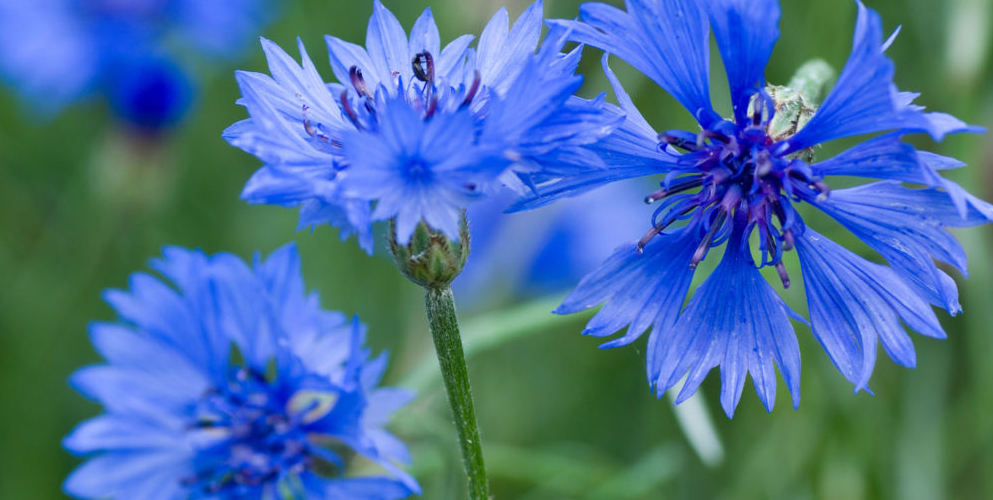Botswana, a landlocked country located in Southern Africa, boasts a rich natural heritage. One of the most fascinating aspects of Botswana’s biodiversity is Botswana National Flower, the Kalahari Devil’s Claw (Harpagophytum procumbens). This article will delve into the unique characteristics, cultural significance, medicinal properties, and conservation status of this captivating plant.
Importance of National Flowers
National flowers are symbols of a country’s identity and heritage. They represent the natural beauty and distinctiveness of a nation. Botswana, like many other countries, has chosen a national flower to embody its spirit and uniqueness. The Kalahari Devil’s Claw was selected as Botswana’s national flower due to its cultural significance, medicinal properties, and remarkable adaptability to the harsh desert environment.
Introduction to Botswana National Flower
The Kalahari Devil’s Claw, also known as grapple plant or wood spider, is a perennial herb native to the Kalahari Desert and surrounding regions. Its scientific name, Harpagophytum procumbens, is derived from the Greek word “harpagos,” meaning “hook” or “claw,” alluding to the plant’s distinctive fruiting structures. It belongs to the Sesame family (Pedaliaceae) and has been traditionally used by indigenous communities for centuries.
Botanical Description of Kalahari Devil’s Claw
The Kalahari Devil’s Claw features long, trailing stems with prostrate growth habit, often reaching up to one meter in length. Its leaves are opposite, deeply lobed, and covered in small hairs that provide protection against excessive evaporation. The plant produces vibrant yellow or purple flowers, which bloom during the rainy season, attracting pollinators such as bees and butterflies.
Cultural Significance of Botswana National Flower
The Kalahari Devil’s Claw holds immense cultural significance among the indigenous communities of Botswana. It is deeply rooted in traditional medicine, rituals, and folklore. The plant’s unique appearance and medicinal properties have made it a symbol of strength, endurance, and adaptability. It is often incorporated into ceremonies and used for spiritual purposes, believed to bring good fortune and ward off evil spirits.
Medicinal Properties
The Kalahari Devil’s Claw possesses a range of medicinal properties that have been harnessed by traditional healers for generations. The plant’s tuberous roots contain compounds known as harpagosides, which exhibit anti-inflammatory, analgesic, and antioxidant effects. Devil’s Claw has been used to alleviate various ailments, including arthritis, digestive disorders, and pain relief. Its therapeutic potential has attracted scientific interest, leading to ongoing research on its pharmacological properties.
Conservation Status of Botswana National Flower
Due to its popularity in traditional medicine and international trade, the Kalahari Devil’s Claw faces threats from overharvesting and habitat degradation. To ensure the long-term survival of this remarkable species, conservation efforts have been implemented. Botswana has established protected areas and regulations to control the collection and export of Devil’s Claw, promoting sustainable practices and raising awareness about its conservation needs.
FAQs
- Is the Kalahari Devil’s Claw only found in Botswana?
No, the Kalahari Devil’s Claw is also found in neighboring countries such as Namibia and South Africa.
- Are there any side effects associated with using Devil’s Claw medicinally?
While Devil’s Claw is generally considered safe, some individuals may experience mild gastrointestinal discomfort or allergic reactions.
- Can Devil’s Claw be grown outside its natural habitat?
Yes, Devil’s Claw can be cultivated in suitable climates and has been successfully grown in botanical gardens and private gardens around the world.
- Are there any ongoing conservation initiatives for the Kalahari Devil’s Claw?
Yes, Botswana has implemented conservation measures, including protected areas and regulations on harvesting and trade.
- Are there any alternative medicinal plants with similar properties to Devil’s Claw?
Yes, plants such as Turmeric, Willow Bark, and Boswellia are known for their anti-inflammatory properties and can be used as alternatives.
Conclusion
The Kalahari Devil’s Claw is a captivating symbol of Botswana’s natural heritage. Its unique characteristics, cultural significance, and medicinal properties make it a fascinating subject for study and exploration. However, it is essential to balance the utilization of this valuable resource with sustainable conservation practices to ensure its long-term survival. By appreciating and protecting the Kalahari Devil’s Claw, we can contribute to the preservation of Botswana’s biodiversity and cultural heritage.
References:
- Mathebula, M., & Mahlo, S. M. (2019). Harpagophytum procumbens: Botanical, Phytochemical, Pharmacological, and Safety Profile. Molecules, 24(2), 329. doi:10.3390/molecules24020329
- Masevhe, N. A., McGaw, L. J., & Eloff, J. N. (2017). The traditional uses, chemical constituents and biological activities of Harpagophytum procumbens. South African Journal of Botany, 112, 225-237. doi:10.1016/j.sajb.2017.07.011
- Shikanga, E. A., & Njogu, P. M. (2020). Traditional Medicinal Plants Used by the Maasai Community in Kenya: Ethnopharmacological Value, Safety Concerns and Conservation. Plants, 9(8), 973. doi:10.3390/plants9080973

